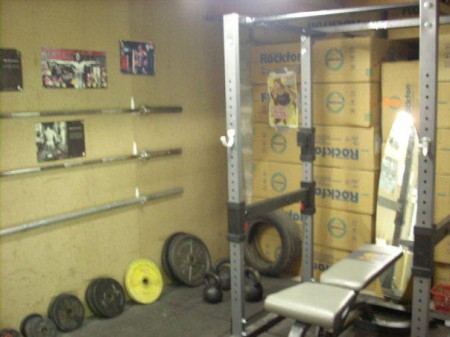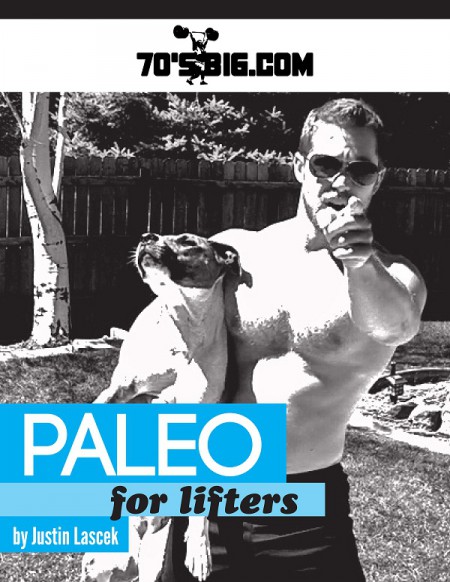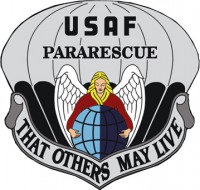Editor’s Note: In 2012, Justin spent a majority of Mondays discussing female-specific topics. Eventually, he pretty much ran out of material and lately, they’ve trickled down a bit, though I believe they are still very popular. I hope to bring these back with a vengeance. Not only do I really enjoy coaching female Powerlifters (remember this article?), I also love the positive message that we, as a community, try to put out there for our female lifting friends. Readers, especially females, please send me your Monday posts and let’s do this.Today’s article is the first guest post by Bert, who recently coached his lady friend to her first PL meet. This week he discusses some of the experiences and difficulties they went through in her early training, and next week, we’ll get a full recap from her first meet. – Jacob
In October 2012, I met my new girlfriend. Unexpectedly, when she first set foot in my home gym, she immediately fell in love with it: the rings, the weights, the medicine balls, the kettlebells. I introduced her to the squat, press, chinup and deadlift, showed her a few training videos (powerlifting, weightlifting and Crossfit-type conditioning) and she knew what she wanted to do: powerlift.
She was built to lift: 5’1″, with thick joints and a broad athletic background that ranged from equestrian vaulting (gymnastics on a horse ) to judo.
However, she had a few challenges:
Lower Back: falling from a horse caused her to crack a few vertebrae and suffer from lower back pain that impeded her from standing for prolonged periods of time or participate in most sports. Her physicians had her doing plenty of balancing, exactly what a girl who is able to stand on one leg on a galloping horse needs to recover (sarcasm). This, of course, did nothing.
Neck: a whiplash that was caused by a car crash, caused her neck pain, even though this crash occured six months earlier.
Digestion: due to eosinophilic gastroenteritis, her private and professional life was disturbed. She often suffered from intestinal attacks that caused heavy sweating, fever and intestinal drama and gassiness. Endoscopy and other allergenic tests revealed no gluten or lactose-intolerance, nor adverse reactions to any other food. She was, however, unable to eat most fruit, meat and vegetables without trouble. Instead she relied on pasta, bread and candy. The saddest part, for me, was that she stated that “she simply didn’t like eating.”
Weight gain: she had gained 10 kilos (22 pounds) from cortisone injections meant to deal with the intestinal inflammation. She stopped the treatment and was able to lose 5 kilos on her own so far, by running. The PCOS possibly also caused her to be slightly insulin-resistant.
Vitamin and Mineral Deficiencies: her gut didn’t produce ferritin (a protein that stores iron) and vitamin B12, forcing her to receive it intravenously via monthly visits to the hospital.
Diet Changes
After making sure that she was willing to go all out with this, I modified her diet by having her eat two to three meals a day. Since she didn’t like to eat breakfast, I had her skip it, conforming with the 16/8 intermittent fasting protocol. This reduced the bloating immensely. After some evaluation, it turned out that pasta (her former favourite food), first and foremost, caused the digestive attacks. Secondly, food that contained a high amount of gluten (most breads) and processed food were culprits.
After an adaptive period, she found out that she seldom suffered from the intestinal troubles and was even able to eat meat and fruits again, which she had missed dearly. Her skin also cleared up and some minor joint inflammation she had also disappeared, most likely due to reduced systemic inflammation.
Training Changes
I had her begin a simple routine, alternating A and B workouts three times a week. On the other days she ran with her dogs or went for a long walk. She used linear progression for the first two months with only minor modifications. I had her overhead pressing dumbbells at first, until she was strong enough to use a barbell.
A: Squat, OHP, RDL, Chins
B: Squat, Bench, Hip Thrust, Chins
Other assistance exercises included hyperextensions, (more) hip thrusts, rack pulls, and abdominal exercises.Since she had a very weak posterior chain (yet strong anterior chain), I had her do many lower back, glute and hamstring exercises. Deadlifting was at first impossible, as she was unable to hold the required back position throughout the movement, even with an empty bar. RDLs and Rack Pulls strengthened this back position. After two months she switched from conventional to sumo deadlifts, which suited her back and leverages (short arms and legs) much better.
Powerlifting Meet
After two months, she had made a radical physical transformation: she had lost weight, gained muscle, improved her lifestyle (by not having to go to the restroom so often) and had regained her love for food. In addition, her confidence was soaring.
She now had her mind set on doing a powerlifting meet. Her routine wasn’t a typical powerlifting routine as I felt she still had much room to improve things like overhead strength and other physical qualities that would assist her powerlifts regardless.
She was now doing the following:
Monday: Squat, Bench, Sumo DL, Chins
Wednesday: Squat, OHP, Kettlebell DL, Chins
Friday: Squat, Bench, Rack Pull, Chins
Assistance work remained the same. She did conditioning with sprints or circuits once a week, on Saturdays.
Strength Increases and the Future
After three months of training, she was able to do the following, at a bodyweight of 55kgs (121lbs), with only weightlifting shoes, no belt:
Squat: 67.5 kg (148.5 lbs)
Paused Bench Press: 40 kg (88 lbs)
Sumo Deadlift: 65 kg (143 lbs)
In addition, she can do four strict chinups, after starting out with zero. She’s also able to run faster and longer, while training less. After being told to “live with” her conditions by many a doctor or physician and dietician, she was able to improve her jest for life, her appearance and her confidence. I hope she continues to improve and that others will be able to find inspiration in her journey, and join in.
Tune in next Monday for a recap of her first meet!






